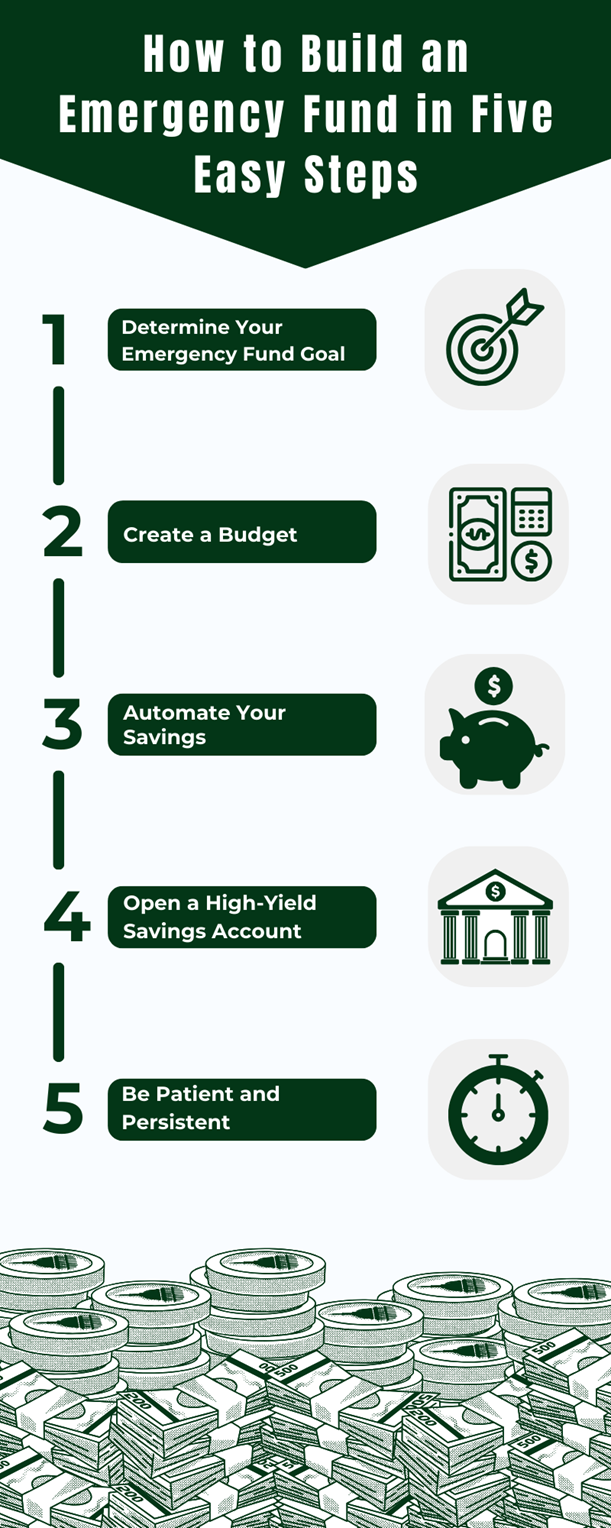Budgeting for Your Best Life: A Personalized Approach
- Natasha Ololade
- Jan 5
- 2 min read
Updated: Mar 4
Learn how to create a personalized budget that aligns with your financial goals. Discover practical tips and tricks to manage your money effectively and achieve financial freedom.

Feeling overwhelmed by your finances? You're not alone. Budgeting can seem daunting, but it's a powerful tool to help you achieve your financial goals. Let's break down the process into simple steps that you can customize to fit your unique lifestyle.
Why Budget?
Budgeting isn't about restricting yourself. It's about taking control of your money so you can spend it on the things that truly matter. By creating a budget, you can:-
Reduce stress: Knowing where your money is going can alleviate financial anxiety.
Save money: Identify areas where you can cut back and save for future goals.
Achieve your goals: Whether it's buying a house, starting a business, or traveling the world, a budget can help you get there.
Step-by-Step Guide to Creating Your Budget
1. Track Your Spending:
Gather your financial records: This includes bank statements, credit card bills, and receipts.
Categorize your expenses: Group your spending into categories like housing, transportation, food, entertainment, and savings.
2. Set Financial Goals:
Short-term goals: Consider goals like saving for a vacation or building an emergency fund.
Long-term goals: Think about larger goals like buying a home or retiring early.

3. Allocate Your Income:
Prioritize needs: Allocate funds for essential expenses like rent, utilities, and groceries.
Allocate for wants: Set aside money for non-essential expenses, such as dining out or shopping.
Save for the future: Dedicate a portion of your income to savings and investments.
4. Review and Adjust:
Monitor your spending: Regularly review your budget to ensure you're staying on track.
Adjust as needed: Life changes, so be flexible and adjust your budget accordingly.
Celebrate your successes: Reward yourself for sticking to your budget and achieving your financial goals.
Tips for Successful Budgeting
Start small: Begin with a simple budget and gradually add more detail as you become comfortable.
Be realistic: Set achievable goals and avoid overly restrictive budgets.
Find a budgeting buddy: Share your progress and challenges with a friend or partner.

Example of a 50/30/20 budget.
By following these steps and tips, you can create a budget that works for you and helps you achieve your financial dreams. Remember, budgeting is a journey, not a destination. So, take it one step at a time and enjoy the process of building a brighter financial future.
Recommended Resources
Dave Ramsey: A popular personal finance expert who offers practical advice on budgeting and debt reduction.
The Motley Fool: A financial advisory firm that provides information on investing, saving, and retirement planning.
For more in-depth information on personal finance, consider consulting with a certified financial planner or visiting the website of the Consumer Financial Protection Bureau (CFPB).
Check out my store for fillable budget planners to help you get started!
What are your top budgeting tips? Share them in the comments below!




Comments